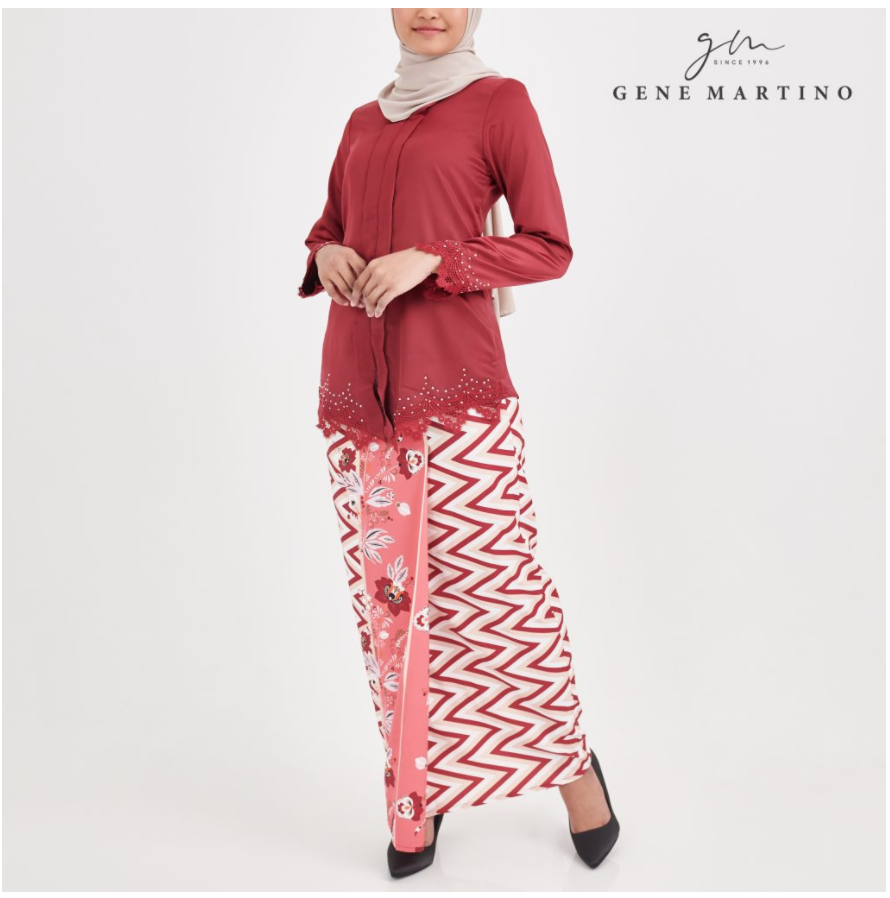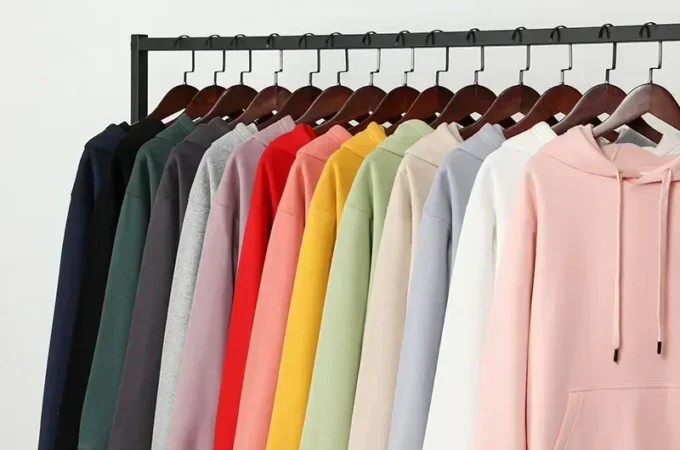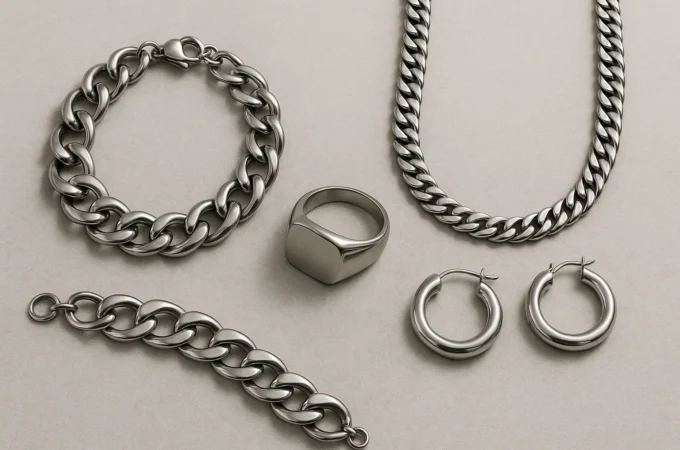
The History of Baju Tradisional Melayu
Baju tradisional melayu goes way back before the prehistoric period up to the modern evolution since before the formation of Malaysia. In the early pre-Islamic years, the culture and the lifestyle of the malay community were heavily influenced by Hindu thought. The fashion and attire during that period were simple and brief. It focused mainly on daily wears that were rather comfortable than fashionable. The male would only use two pieces of cloth and wrapped their head with a sarong to protect it from the sun during the hard labor. The wrap is one of the things that has evolved in the baju tradisional melayu fashion and became an exclusive headgear called “tanjak”. Women on the other hand used 3 pieces of cloth; sarong, kemban and shawl cloth. The social class was different from the choices of fabrics and accessories.

The influence of Islam around the seventh century which was brought by Arab traders through trading activities, indirectly influence the design of the baju tradisional melayu. The period between the seventh century to the 13th caused a lot of changes and transition in their daily lives including the way they dressed. Despite the remaining influence of Hinduism, people started dressing modestly and covering their bodies with more decent clothing. Women and men started to adopt short tunic-shaped shirts. On top of the tunic shirt, there were also short-sleeved shirts, with different kinds of options and designs. The influence of Islam Tanah Melayu started to show its effects thoroughly after the 13th century. The local community started to appreciate Islamic teachings and values. The baju tradisional melayu began to be influenced by the Arabs’ culture and looked more modest while maintaining comfort.
Baju tradisional melayu’s evolutionary process reached its highest level during the Malacca Sultanate. As the rakyat worshipped the King and respected them as their leaders, the palace had started their influence on the local design and choice. The evolution of traditional Malay clothes also took place in the era of British colonialism in Southeast Asia. Malay costume designers began to assimilate the elements of the West fashion that was considered appropriate into traditional Malay clothing. For women, the baju kurung was maintained in the same long and loose form.

Evolution not only occurred as a result of the early civilization but also resulting from the influence of Indian, Chinese, Arab, and European traders. The elements of civilization from the east and west were processed and merged into a culture that is rich appearance and beautiful and unique clothing for men and women clothing including their variations
Despite the evolution and different influences over the years, we are responsible to keep the tradition and the values of baju tradisional melayu. It is not only an important part of the culture but the elements that define our identity. It is our esteemed culture, our pride and we shall keep the tradition alive.




